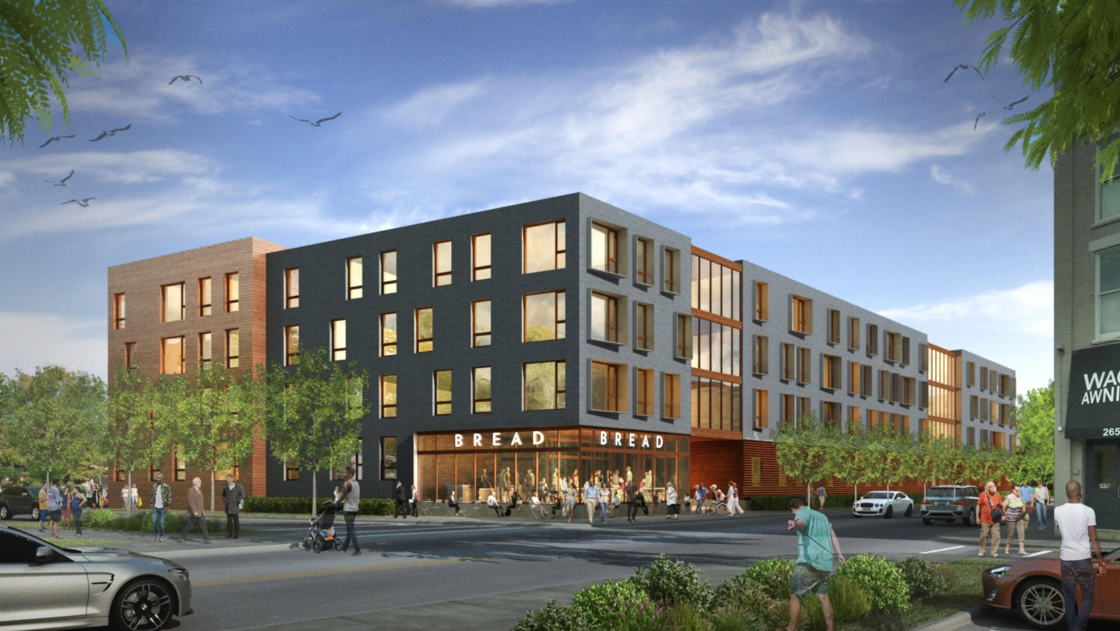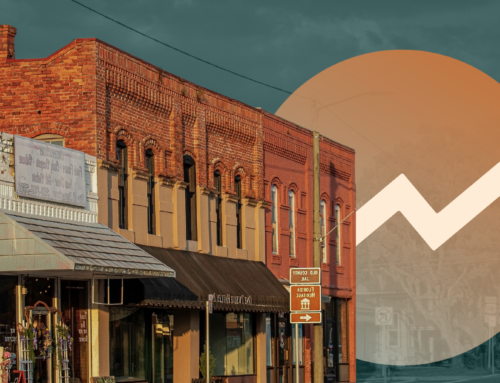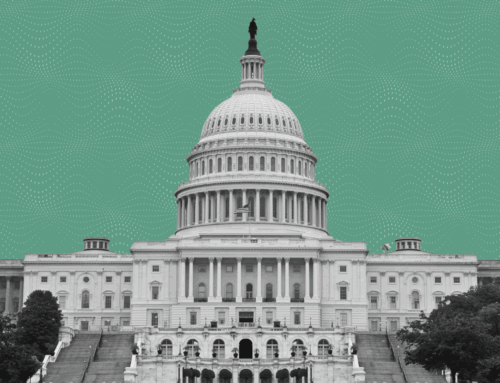Washington, D.C. – Today, the National Council of State Housing Agencies (NCSHA) and the Economic Innovation Group (EIG) published three case studies of developments that incorporate Opportunity Zone investment to create new affordable homes and support community revitalization efforts in Ohio, Maryland, and Florida. These are the first in a new series of Opportunity Zone Development Profiles that detail project financing, community socioeconomic data, and projected economic impact. The profiles demonstrate how Opportunity Zone investments are being utilized to develop affordable homes for very-low- to moderate-income households, and how that investment is furthering community revitalization efforts and
enhancing positive community impact.
“These encouraging developments illustrate some of the ways Opportunity Zones are attracting investment in affordable housing and community revitalization,” said NCSHA Executive Director Stockton Williams. “We expect more will follow as state housing finance agencies, Opportunity Zone investors, and local communities deepen their collaborations in more distressed areas.”
“Opportunity Zones were developed as a flexible tool to address a wide range of needs in struggling areas across the country,” said John Lettieri, EIG’s President and CEO. “In many communities, the shortage of affordable and workforce housing places an enormous strain on local families. These development profiles show that, even at this early stage in the market, Opportunity Zones is helping meet some of the most urgent community needs.”
Data from NCSHA’s Opportunity Zone Fund Directory suggests that more such development in Opportunity Zones is forthcoming. As of October 2, 2019, 115 listed funds have identified affordable and workforce housing, as well as community revitalization, among their investment priorities—a nearly four-fold increase since the beginning of 2019.
Below is a summary of the first three profiled projects:
- The Tappan — A mixed-use, mixed-income building in Cleveland, OH, developed by hometown firm Sustainable Community Associates with 95 apartments and a ground-floor bakery operated by a local entrepreneur. The development includes 59 apartments that are affordable to households earning between 80 and 120 percent of Area Median Income (AMI). The Tappan is financed with a combination of Opportunity Zone equity from local investors and debt and Opportunity Zone equity from PNC Bank, as well as loan and tax incentives from the City of Cleveland. The development increases housing options for workers who typically are not eligible for housing assistance due to their income levels but tend to be overly burdened by housing costs.
- Ox Fibre Apartments — An adaptive reuse of an historic paintbrush factory in Frederick, MD, into 83 affordable apartments. The financing includes 4 percent Low Income Housing Tax Credits (Housing Credits) from the Maryland Department of Housing and Community Development, federal historic credits, Opportunity Zone equity, tax-exempt permanent financing from Freddie Mac, and additional debt from state and local sources. The layered financing and Opportunity Zone location allowed the developer, EquityPlus, to create new homes for families earning between 40 and 60 percent of AMI with rents as much as $500 less than local market rates.
- Parramore Oaks — A new energy-efficient building in Orlando, FL, with 96 affordable and 24 market-rate apartments. Located in a neighborhood that is a city priority for reinvestment, it is one of the first developments to combine the Opportunity Zone tax incentive with 9 percent Housing Credits, which were allocated by the Florida Housing Finance Corporation. SunTrust Community Capital provided the equity investment as well as a construction loan and permanent financing; the Orlando Community Redevelopment Agency contributed additional debt. Developed in partnership with its affiliate Invictus Development, Alliant has made apartments affordable to families earning between 40 and 60 percent of AMI, including people with special needs or transitioning from homelessness.
In the weeks ahead, a series of Opportunity Zones webinars will feature insights from key stakeholders, such as the state housing finance agencies, developers, and fund managers that participated in the first three projects highlighted in the Opportunity Zone Profile series.
About the Economic Innovation Group (EIG)
The Economic Innovation Group (EIG) is a bipartisan ideas laboratory and advocacy organization whose mission is to advance solutions that empower entrepreneurs and investors to forge a more dynamic American economy. Headquartered in Washington, D.C., EIG convenes leading experts from the public and private sectors, produces original research, and works to advance creative legislative proposals that will bring new jobs, investment, and economic growth to communities across the nation. For more information, visit eig.org.
EIG contact: Milica Cosic, [email protected]
About the National Council of State Housing Agencies (NCSHA)
For more than 50 years, state housing finance agencies (HFAs) have played a central role in the nation’s affordable housing system, delivering financing to make possible the purchase, development, and rehabilitation of affordable homes and rental apartments for low- and middle-income households. The National Council of State Housing Agencies is a nonprofit, nonpartisan organization created to advance, through advocacy and education, the efforts of the nation’s state HFAs and their partners to provide affordable housing to those who need it. NCSHA’s vision: An affordably housed nation. Learn more at www.ncsha.org.
NCSHA contact: Lisa Bowman, [email protected]
###






